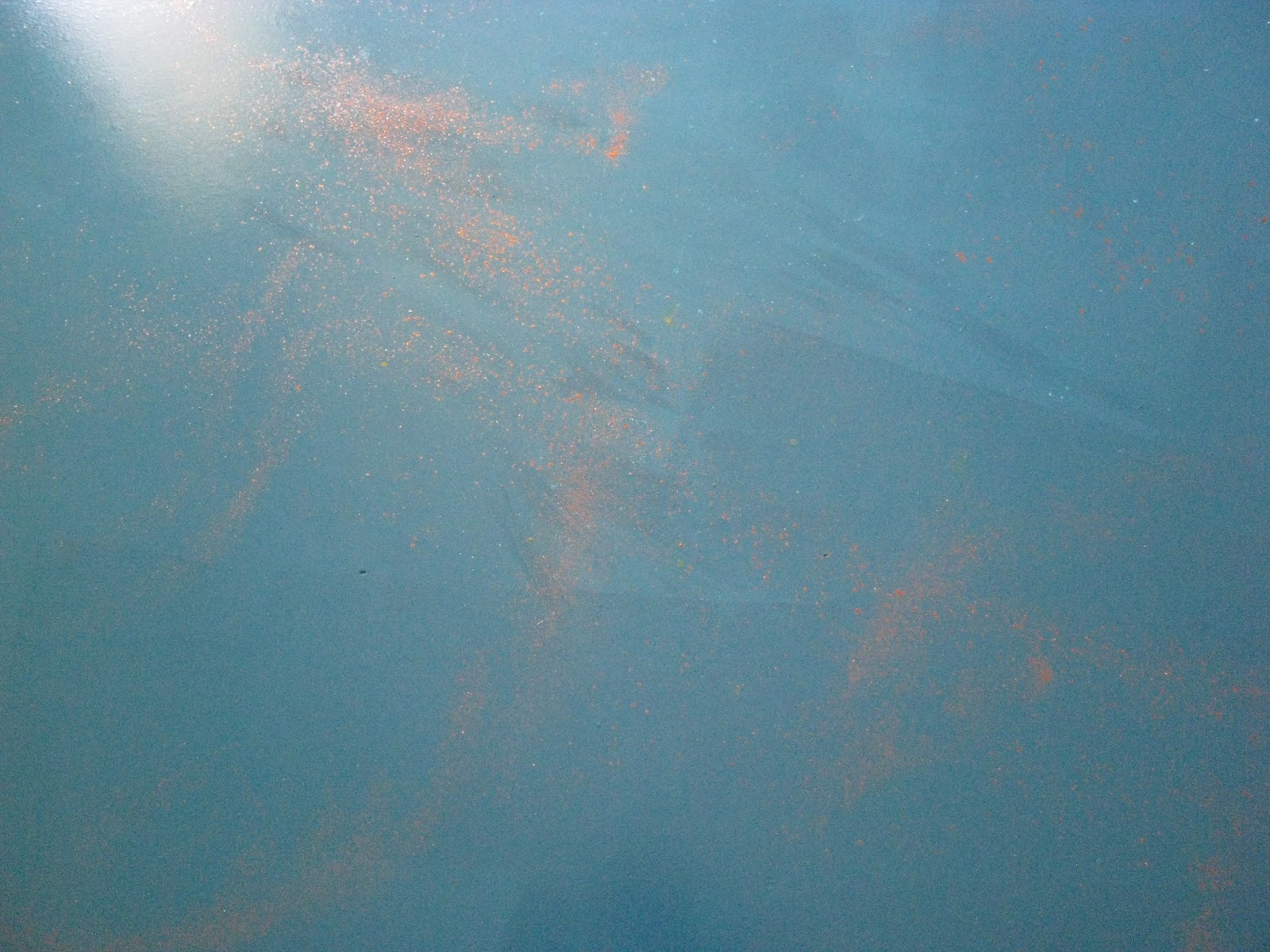You can make your own inexpensive paper
incinerator to burn sensitive papers. Burning is faster than shredding, and you do not have the frustration of clearing
paper jams out of your shredder. You just need to be careful not to
singe your fingers or your hair, nor burn your house down.
TOOLS AND SUPPLIES
You will need a metal garbage can,
electric drill, drill bits, one-half inch hole saw to fit your drill,
tin snips, hack saw, pliers, measuring tape, metal rod, one or two
round barbecue grills, coffee can, one or more lids from 29
oz aluminum cans (approximately), tongs, poker, charcoal.
CONSTRUCTION
I used a twenty gallon metal garbage
can because I could not find a smaller can at the time. As you can see in the image, there are air intake holes
between the “ash box”, at the bottom of the can, and the metal
support rods that are placed at about the middle of the can. A barbecue grill sits on top of the two support rods. You might do
without the support rods because the grill
goes only so far into the tapered can. But the rods provide extra
stability.
The larger feeder hole is above the
grill. The optional cover for the feeder hole is a coffee can lid attached
with a small metal screw. The lid is raised or lowered by turning
it. Use the tongs for turning the lid, since it gets quite hot.
Most of the time the lid is raised. Update: the lid eventually
fell off during burning; a small bolt would be better.
The chimney is an aluminum coffee can
with the ends removed. A small grill or metal mesh is placed on top of the
chimney to catch small paper embers. Large can lids can be placed
under the coffee can to adjust the size of the chimney hole. The
chimney hole is cut into the garbage can lid at a smaller diameter than
the coffee can.
I cut the feeder and chimney holes with
tin snips. Then I used pliers to turn the feeder hole edges towards
the inside of the can to avoid scratches and cuts when feeding paper
through the hole.
The air intake holes can be cut with a
one - half inch hole saw attached to an electric drill. As you can
see in the image, my holes are not placed evenly. I do not have the
strength to hold the hole saw in one place, so I take what I can get.
It's not pretty, but it works.
The one - half inch diameter hole
pictured above the feeder hole was for occasional air intake from an
air compressor. However, it is not needed for burning paper. (It
was recommended for burning garbage, to keep the heat high enough to
avoid smoke and incomplete burning.)
Drill small holes to hold the metal
support rods. I used welding rods. They can be cut to size easily
with a hacksaw.
For storage, the chimney, poker, tongs,
and other accessories are placed inside the incinerator.
PAPER INCINERATOR OPERATION
You will need a slower burning fuel,
such as charcoal, to keep the fire going. It is difficult to feed the
paper quickly enough to keep the fire burning without the extra fuel.
Once you have the charcoal burning, you can feed wads or twists of
paper into the fire.
Depending on where your incinerator is
located, you may want to reduce the feed of paper to avoid flames
above the chimney. It is best to use the incinerator on level ground
or concrete, in an open area with at least ten feet of cleared space
around the incinerator. If the incinerator is on the ground, make
sure no vegetation is in that ten - feet area. Have a water hose at the ready
for fire suppression.
You can sit on a stool or patio chair to feed the paper into the incinerator.
BBQ OPERATION
Use two grills for the barbecue option.
The lower grill holds the charcoal and optional lava rocks, the
upper grill holds the food. You can choose how far apart you want
the food grill from the charcoal grill. The food grill will need to
be a larger dimension than the charcoal grill because of the tapered
shape of the garbage can.
This set up cooks nicely. The charcoal is
less subject to going cold from too much wind, yet there is plenty of
air intake. With a large heat chamber, the food cooks
nicely.
SMOKER
I am testing the use of a smoker
chimney. I used a large nail to hammer holes in the bottom of a
coffee can. This is still being tested, so I will have to update
here with the results later. The two grills will have to be farther
apart, or the fire source will have to be in the bottom of the
garbage can, since the purpose is to smoke, rather than heat the
food.
LINKS
The best of the blogs I have read about
making your own paper incinerator are:
So far I have not found much on making
your own barbecue grill. At least not the way I made it.




































